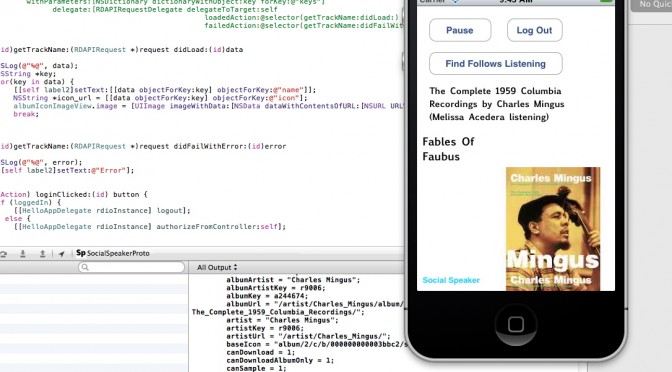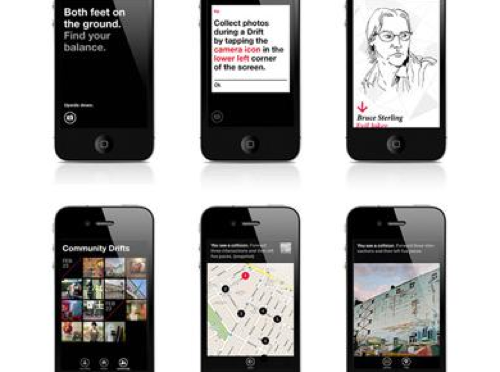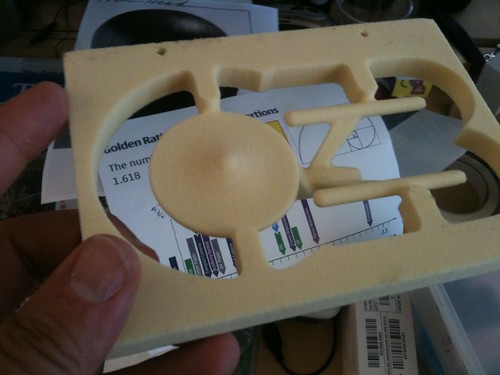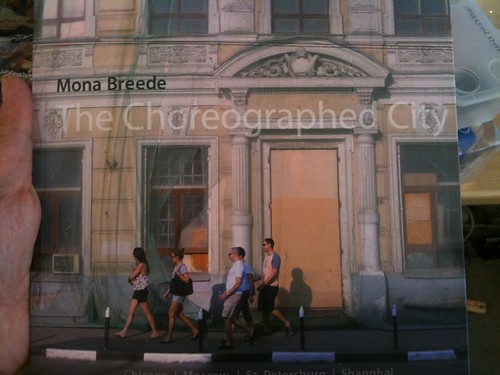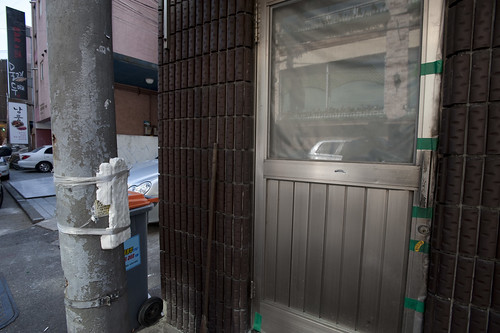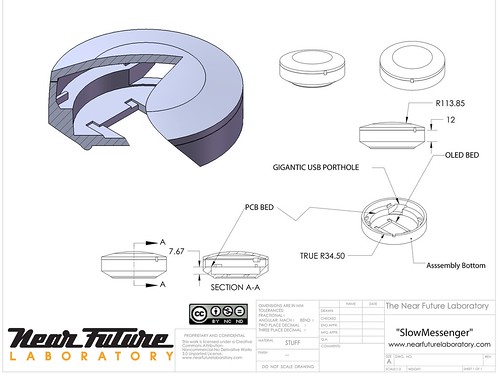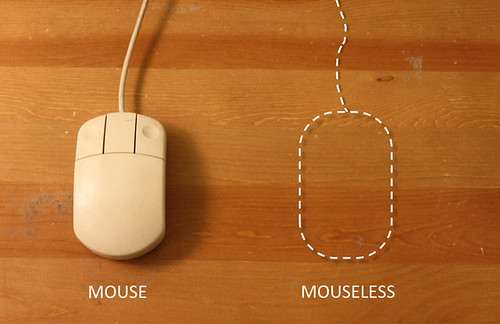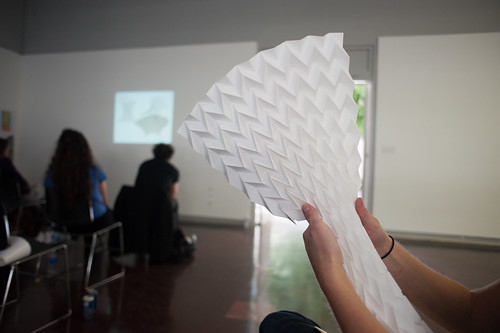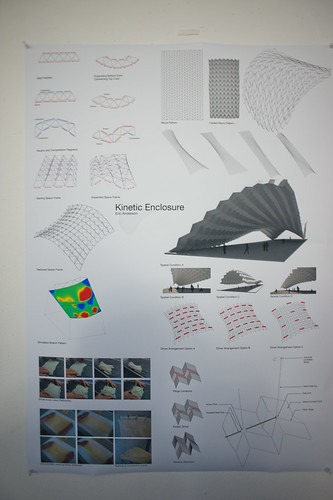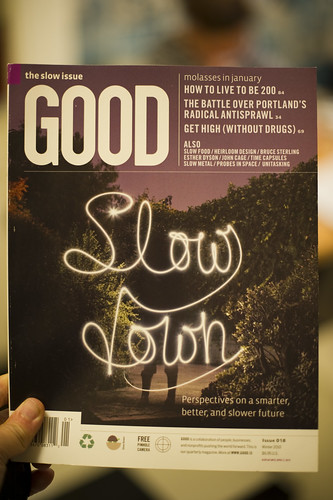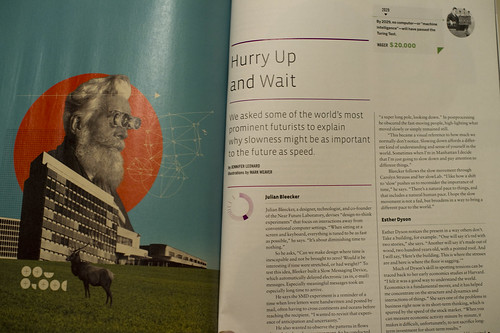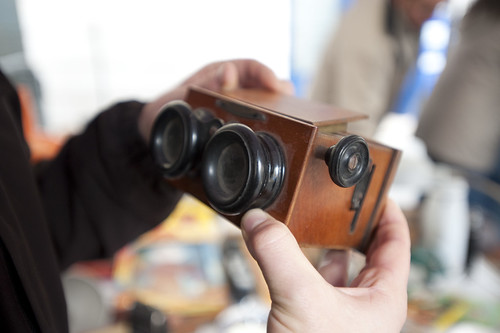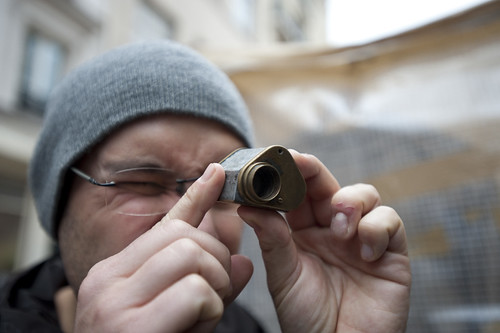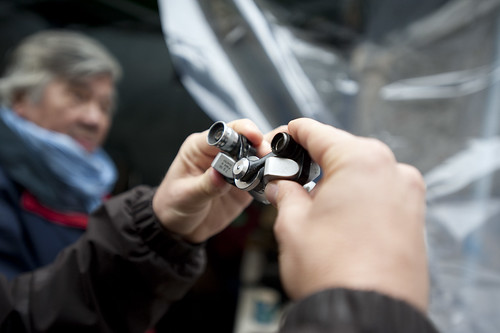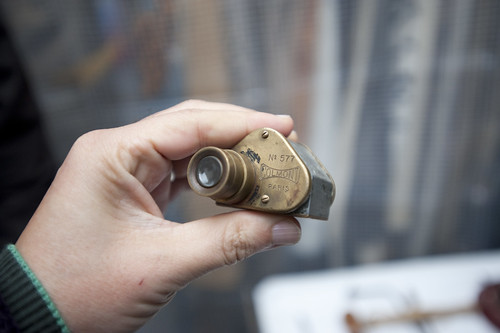As the year ends, tradition calls for a review of the several initiatives we engaged in during 2012. The exercise entails looking back in time with the support social network activities and more personal logs to keep track of gratifying rencontres and significant milestones at the Near Future Laboratory.
BARCELONA
In Barcelona we spent the year “sketching with data”, an approach to innovate with data we presented in various conferences and institutions from the high-tech cabarets such as Strata in San Francisco; or Red Innova in Madrid to the more cozy settings of the IAAC architecture school in Barcelona. These speaking engagements were part of a polishing phase that reports on the our evolving practice fed by the accumulated experiences in producing services with data. For instance, we discussed our investigation on the roles of a retail bank in the ‘smart’ city of the near future. Our client had fairly good ideas of the potentials of a real-time information platform. This is the kind of service a bank is extremely familiar with. However, they had limited knowledge on the specific information that could feed and emerge from this kind of platform. As part of our consulting work, we regularly sketched advanced dashboard for participants of the project to explore and interrogate their data with fresh perspectives. The use of the prototypes helped the the different stakeholders in the project craft and tune indicators that qualify commercial activities. This experience still feeds the development of the client’s future services and products based on data.
Another gratifying outcome of the work around “sketching with data” was the release in June and November of the alpha and beta versions of Quadirgram (see Unveiling Quadrigram). The product resulted from a collaboration with our friends at Bestiario and responds to the increasing demand of clients to think (e.g. sketch) freely with data. The tool is meant to diffuse the power of information visualization within organizations and eventually reach the hands of people with knowledge and ideas of what data mean. We had the opportunity to influence many aspects of the product development and release process (engineering, user-experience, go to market strategy, client/investor/provider meetings) and now Fabien proudly sits in the advisory board of the company.
 Other fruitful collaborations took place along the year, each of them bringing their unique set of experiences. I am particularly grateful to have joined forces with Urbanscale, Claro Partners, Interactive Things, Lift, Data Side and Pop-up Urbain. While a good share of the work stayed within confidential settings, we reserved efforts for self-started initiatives such as:
Other fruitful collaborations took place along the year, each of them bringing their unique set of experiences. I am particularly grateful to have joined forces with Urbanscale, Claro Partners, Interactive Things, Lift, Data Side and Pop-up Urbain. While a good share of the work stayed within confidential settings, we reserved efforts for self-started initiatives such as:
- Ville Vivante: an ‘urban demo’ that took the form of a visual animation and eight posters deployed at the Geneva central station (project led by Lift Conference, in collaboration with Interactive Things).
- Footoscope: a deciphering tool for football amateurs developed in collaboration with Philippe Gargov of Pop-up Urbain. Its interface provides a perspective on the morphology and tactics of a football team according to raw data on its passing game transformed into indicators and visualizations.
Finally, we kept some quiet moments to contribute to academia with reviews for Sensors, CHI, CSCW and Just-In-Time Sociology, teach a postgraduate course on the design of ‘data services’ and published of the paper New tools for studying visitor behaviors in museums: a case study at the Louvre co-authored with Yuji Yoshimura, UPF and MIT on a follow-up investigation of our hyper-congestion study at the Louvre.
GENEVA
At the Swiss bureau, things were geographically a bit more complicated since part of this year has been spent in Los Angeles, CA for a visiting researchers’ stay at Art Center College of Design in Pasadena.
Overall, 2012 was split between four types of activities:
- Design fiction projects that aimed at proposing various near future worlds along with a reflection on technological usage. More specifically, we worked on three projects: Corner Convenience (the near future of corner convenience stores as an exploration of technological trajectories), Curious Rituals (about gesture carried out with digital technologies), To Be Designed (a design workshop that aimed at producing a catalogue of near future objects). What we learned in these projects is basically how futures research can take different shapes, how design can be an original language to rebuild a sense of the future and how certain objects can be brought to the table as “conversation-enablers”.
- Client projects: three (big) field studies in the US, Switzerland and France, a series of co-creation workshops, and contributing to the production of three conference proved to be very fruitful and satisfying.
- Teaching in different institutions: HEAD-Geneva (where I also obtained a research grant for a project about design and ethnography), ENSCI-Les Ateliers (for a workshop with Raphael Grignani), Les Gobelins Annecy, SUPSI Lugano, University of Montpellier.
- Book writing: the game controller book will be released in French in the coming days and Laurent Bolli and myself are working on the English edition.
2012 was also spent on the road with talks and lectures spent here and there, some highlights:
- A critical perspective on smart cities given at a public event by BBVA in Madrid: Critical Predictability
- A talk at Nokia Design (US) about my work process: Structured Curiosities
- Our panel at SXSW 2012 about The Mind & Consciousness As an Interface
- A talk at the Hirshhorn Museum in Washington DC about the disappearance of the future
- A lecture about skeuomorphs in interaction design at the University of Geneva (home, for once!)
LOS ANGELES
* TBD/DTW
The bulk of the year from a Los Angeles perspective was spent conceiving, organizing and producing the To Be Designed / Detroit event. This was sort of a big deal for us. It counts as the start of a series of workshops that the Laboratory facilitates to both discover the material, designed, fictional props that are conversation starters for thinking about different kinds of futures.
While we are still working on the post-event production of a catalog from the future, the overall structure and concept was a significant goal of the event. What we wanted to do was create an environment where a group could “do” design fiction.
The theme of TBD/DTW was on the role of everyday, quotidian things that surround us. Without being normative about it — just the crap that sits in and amongst the significant infrastructure of life. Batteries, pens, knives, pool floats, outerwear, etc. These are the things that, for TBD/DTW, we focused on. In the near future we’ll cohere the workshop’s results in a catalog of these things. We’re still sorting out the precise production and publication.
To go along with this goal of creating a workshop environment to do design fiction, we created a work kit composed of a some more everyday objects — a deck of custom designed playing cards, dice, note cards, a resource book, etc. The kit was meant to prompt the creation of unexpected future things through the combination and objects, attributes and design actions. Much like “Mad Libs”, but for objects. This was a theme generally last year — the creation of tools for the imagination. Resources that help prompt discussions and ideation. In the coming year, we’ll work on refining the work kit and testing it in other contexts.
Informing the workshop was the “Corner Convenience” newspaper and Corner Convenience film that we made for Emerge 2012. Rhys was the prime mover for the concept — to reflect upon the exceptional innovation that lives around us, even in the corner Quick-E-Mart or neighborhood bodega. We take for granted the things that are now 0.99¢ or 3 for $1. But many of those things embody incredible technical, scientific, logistical and manufacturing innovations that would drop the jaws of someone who travled forward from even half a century ago. For the film at Emerge, Nick and I looked forward to imagine what the convenience store of the near future would hold.
There were a couple of workshops and conferences. There was the Gaming the Game event at UC Davis in Davis California. And a fun workshop at the Walker Art Center on design fiction. Actually — that’s where I first tried this strategy of thinking through the ordinary evolution of things like garden hoses and digital cameras.
Also, did a workshop at the Anderson Ranch with Casey Reas on digital photography and Processing. That was fun. A good re-entry into the world of programming, which I’m continuing cause if everything goes to heck, it’s good to still be able to dig ditches.
Speaking of which, we’re continuing to develop the “Humans” app in the evenings. This is a way of getting back into programming but also with something I’d like, which is a way to get more of a Windows 8 style view onto my friends by aggregating their service “updates” and “status” and “photos” in one place, rather than having to go to services (which aren’t Human) first.

